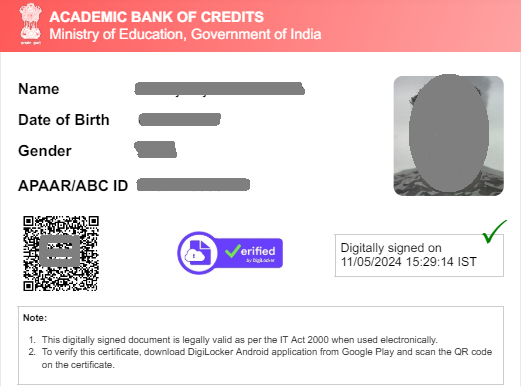How to Login & Register on GST Portal in India 2025

Strong 8k brings an ultra-HD IPTV experience to your living room and your pocket.
Goods and Services Tax (GST) in India: A Comprehensive Guide
Introduction
Goods and Services Tax (GST) is a comprehensive, multi-stage, destination-based indirect tax that is levied on the supply of goods and services in India. Introduced on 1st July 2017, GST replaced a complex structure of multiple indirect taxes such as excise duty, VAT, service tax, CST, etc., and aimed to simplify the indirect tax system across the country.
Key Objectives of GST
1. Unification of the Indian Market – By replacing multiple taxes, GST created a single tax regime across the country.
2. Ease of Doing Business – Simplified tax compliance encourages businesses, especially startups and MSMEs.
3. Transparency and Accountability – GST is largely technology-driven with online filing and real-time tracking.
4. Prevention of Cascading Effect– GST allows input tax credit, which eliminates the tax-on-tax effect.
Types of GST in India
There are four major types of GST in India:
1. CGST (Central Goods and Services Tax) – Collected by the Central Government on intra-state sales.
2. SGST (State Goods and Services Tax) – Collected by State Governments on the same intra-state transactions.
3. IGST (Integrated Goods and Services Tax) – Collected by the Central Government on inter-state sales.
4. UTGST (Union Territory Goods and Services Tax)– Applicable in Union Territories like Delhi, Chandigarh, etc.
GST Structure and Tax Rates
GST in India is divided into multiple slabs:
0% – Basic items like fresh fruits, vegetables, milk, etc.
5% – Common-use items like packaged food, footwear under ₹1,000, etc.
12% – Processed foods, computers, etc.
18%– Soaps, toothpaste, refrigerators, ACs, etc.
28%– Luxury items like cars, tobacco, aerated drinks, etc.
Some goods like petroleum products and alcohol are currently outside the purview of GST and are still taxed by individual states.
Who Should Register for GST?
GST registration is mandatory for:
Businesses with turnover exceeding ₹40 lakhs (₹20 lakhs for special category states).
Individuals making inter-state supply of goods/services.
E-commerce operators and aggregators.
Casual taxable persons and non-resident taxable persons.
Input Service Distributors and agents of suppliers.
Input Tax Credit (ITC)
One of the most important features of GST is Input Tax Credit. Businesses can claim credit for the tax paid on purchases (inputs) used to provide goods or services. This helps reduce overall tax liability and avoids cascading taxation.
Example:
If you paid ₹100 as GST on raw materials and collect ₹150 as GST from customers, you only need to pay ₹50 to the government.
GST Returns
Registered businesses must file GST returns either monthly or quarterly (under QRMP scheme), and annually. Common forms include:
GSTR-1 – Monthly/quarterly details of outward supplies.
GSTR-3B – Monthly summary return.
GSTR-9– Annual return.
GSTR-9C – Reconciliation statement (for turnover > ₹5 crore).
GST Portal and Compliance
The official GST portal ([www.gst.gov.in](https://www.gst.gov.in)) provides services such as:
* New GST registration
* Filing returns
* Payment of taxes
* Refund claims
* Tracking notices and compliance
Compliance is crucial as penalties are levied for late filing or incorrect information.
GST Council
The GST Council governs GST laws and consists of members from the Central and State Governments. It decides:
* Rate revisions
* Inclusion/exclusion of items under GST
* Procedural changes
Benefits of GST
For Businesses: Simplified tax structure, easier logistics, better input credit.
For Consumers: Lower prices due to reduced tax burden.
For Government: Better tax compliance and increased revenue transparency.
Challenges in GST Implementation
* Frequent changes in rules and rates.
* Technical glitches on GST portal.
* Refund delays for exporters and service providers.
* Compliance burden for small businesses.
Recent Developments
* Introduction of e-invoicing for large and mid-size businesses.
* Expansion of QRMP (Quarterly Return Monthly Payment) scheme.
* 28% GST on online gaming and casinos.
* Real-time matching of ITC to prevent fraud.
Conclusion
GST has been a game-changer for India’s indirect tax system. While it faced initial teething issues, reforms and technological improvements have strengthened its implementation. Going forward, a more stable and unified GST regime can boost India’s economic growth and improve tax administration.
---
If you'd like this article in a PDF or want a shorter blog version or infographic, let me know!
Note: IndiBlogHub features both user-submitted and editorial content. We do not verify third-party contributions. Read our Disclaimer and Privacy Policyfor details.







